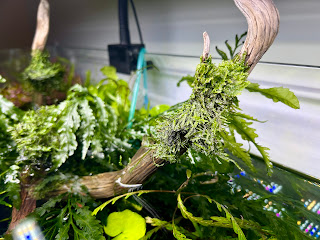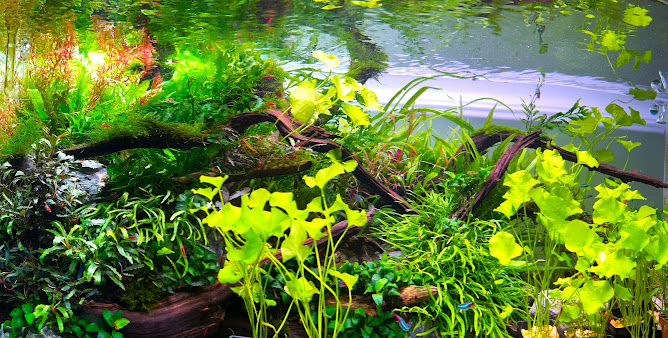How to Test GH and KH in Your Aquarium: A Step-by-Step Guide
This page assumes you already understand what General Hardness (GH) and Carbonate Hardness (KH) are and why they're important for your aquarium. This focuses solely on the testing process itself, using liquid test kits, the most common and reliable method for home aquarists.
What You'll Need:
Your chosen liquid GH test kit.
Your chosen liquid KH test kit.
The test vials included with the kits.
A clean container for your aquarium water sample.
Testing Procedure (GH and KH are tested similarly):
Prepare the Vial: Rinse the test vial thoroughly with a small amount of your aquarium water. This prevents contamination and ensures accurate results. Discard this rinse water.
Collect the Sample: Fill the vial with the specified amount of aquarium water as indicated in the test kit instructions. For best results, collect the sample from the main body of the aquarium, avoiding areas near decorations or the substrate. Don't test immediately after a water change; wait a few hours.
Add Reagent Drops (GH Test - Example):
Holding the reagent bottle vertically, carefully add one drop of the GH reagent to the water sample in the vial.
Gently swirl or shake the vial after each drop to mix the reagent thoroughly. This is crucial for accurate results.
Continue adding drops, one at a time, swirling after each, until the solution changes color as specified in the instructions. This is usually a distinct color change.
Count the Drops (GH Test): The number of drops you added to achieve the color change corresponds to the GH value. Most kits express this in degrees of general hardness (°dKH). The instructions will tell you the conversion (e.g., each drop = 1 °dKH).
Record the Result (GH Test): Immediately note down the GH value you obtained. Keeping a log of your readings is essential for tracking changes in your water parameters over time.
Repeat Steps 3-5 for the KH Test: Use the KH test kit and its specific reagents, following the same procedure. The number of drops needed for the KH test will give you the KH value, usually in degrees of carbonate hardness (°dKH).
Important Notes:
Always follow the instructions: The instructions included with your specific test kit are the ultimate authority. Variations may exist between brands.
Cleanliness is key: Rinse the vial thoroughly between tests, especially when switching between GH and KH reagents.
Fresh reagents: Ensure your test kits are not expired. Expired reagents can give inaccurate readings.
Lighting: Observe the color change in good lighting. Avoid direct sunlight, which can affect color perception.
Consistency: Try to test at the same time of day and in the same lighting conditions each time for more comparable results.
Don't guess: If the color change is unclear, it's better to repeat the test than to make an educated guess.
By following these steps carefully, you can accurately measure your aquarium's GH and KH levels and take the necessary steps to maintain a healthy environment for your aquatic life.
Water hardness is important, but maintaining stable GH/KH and avoiding ‘GH Creep’, the gradual increase in mineral content in aquarium water, requires attention to how you perform water changes and how you build out your aquarium.
Up Next: GH creep explained: How topping off and infrequent water changes impact your aquarium.

.jpg)

.jpg)
Comments